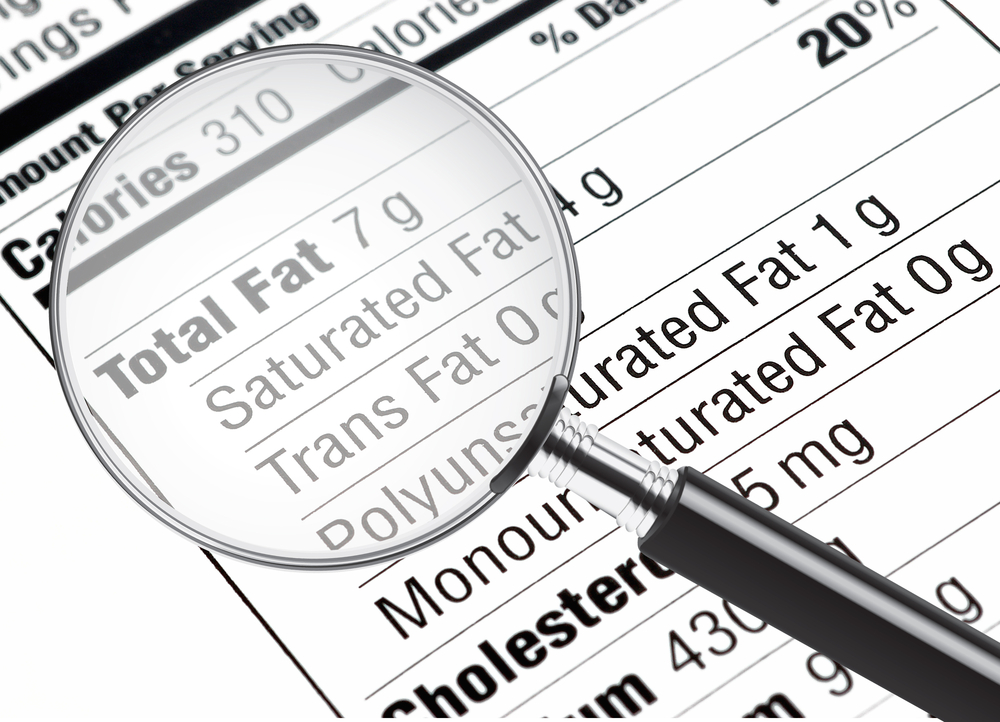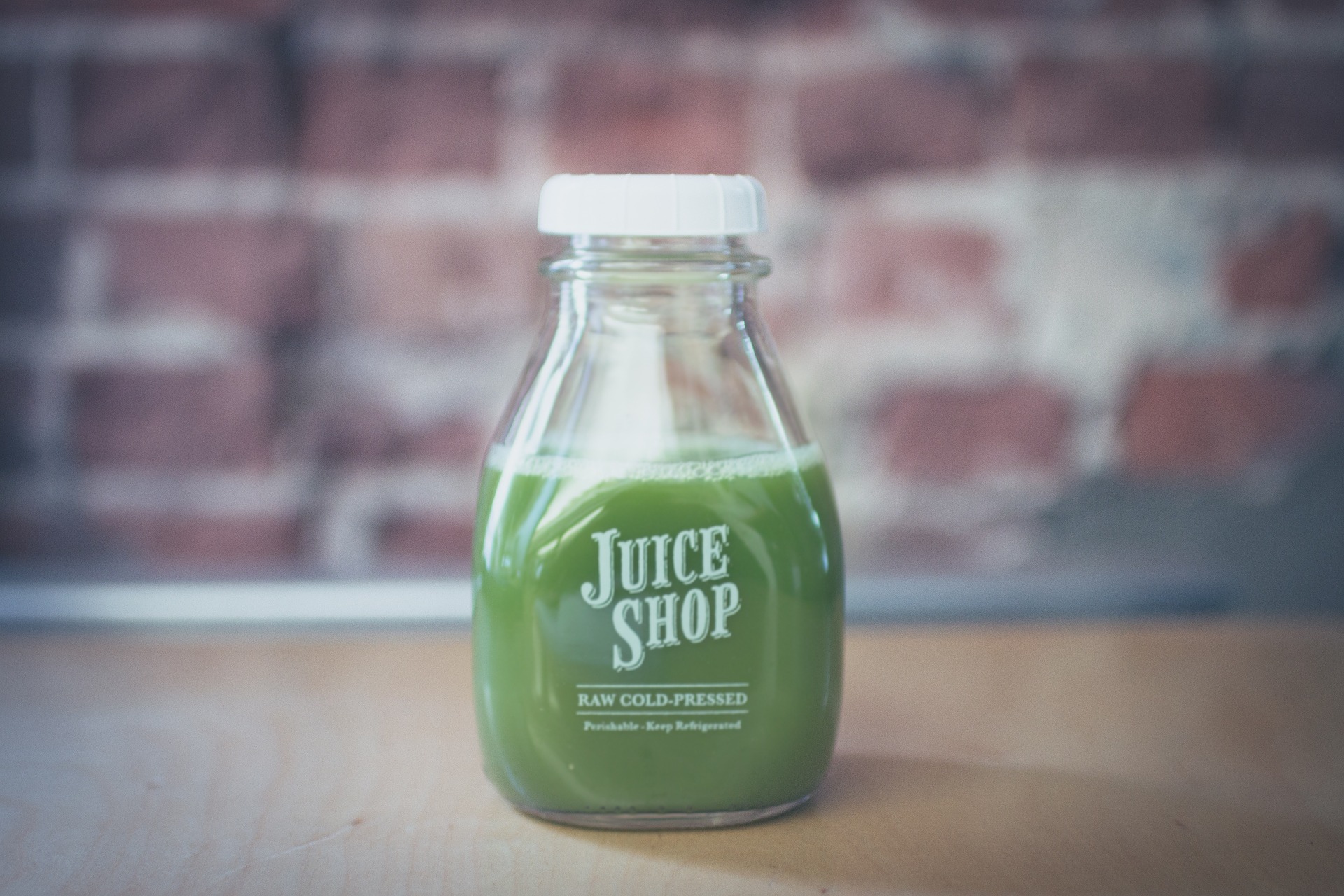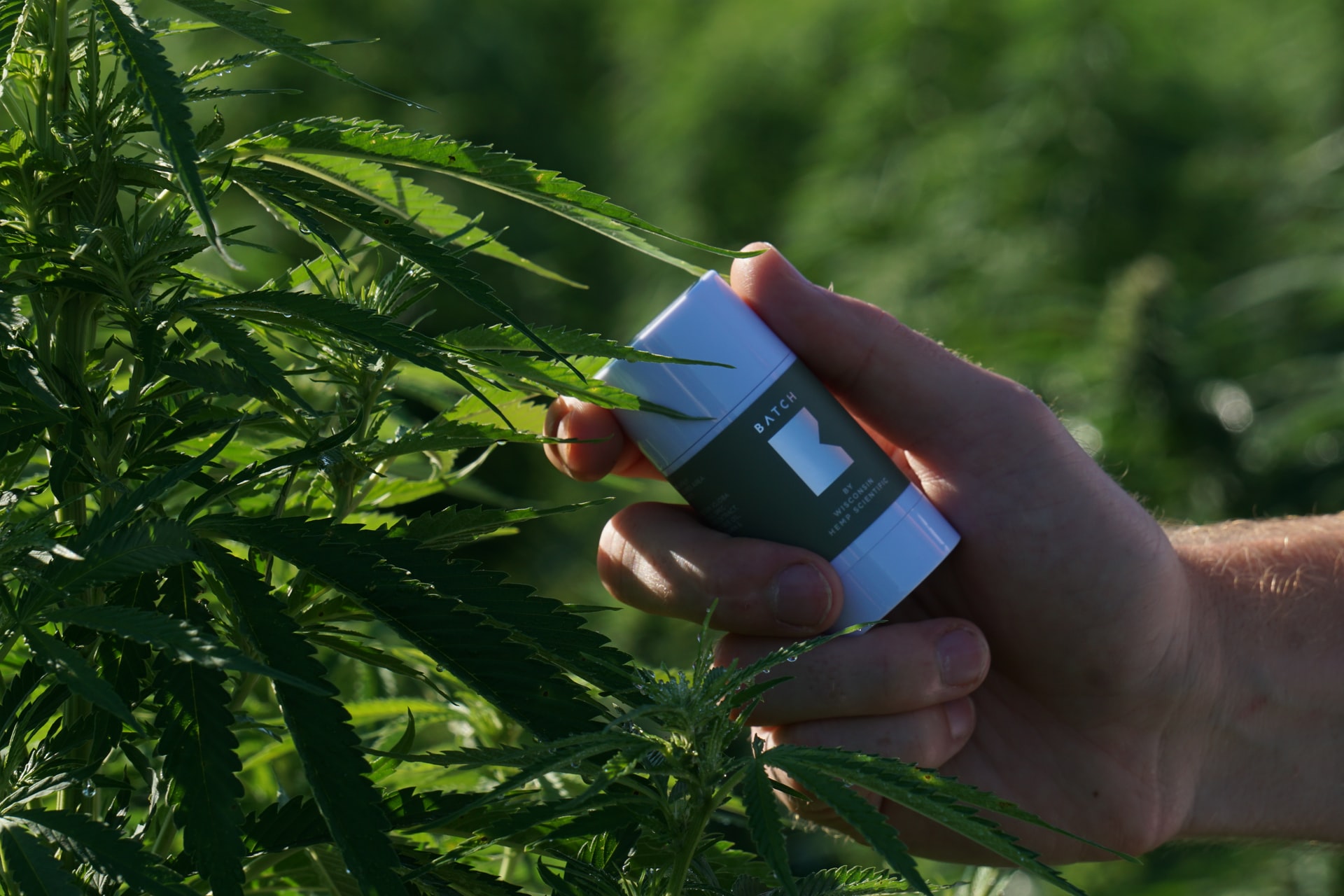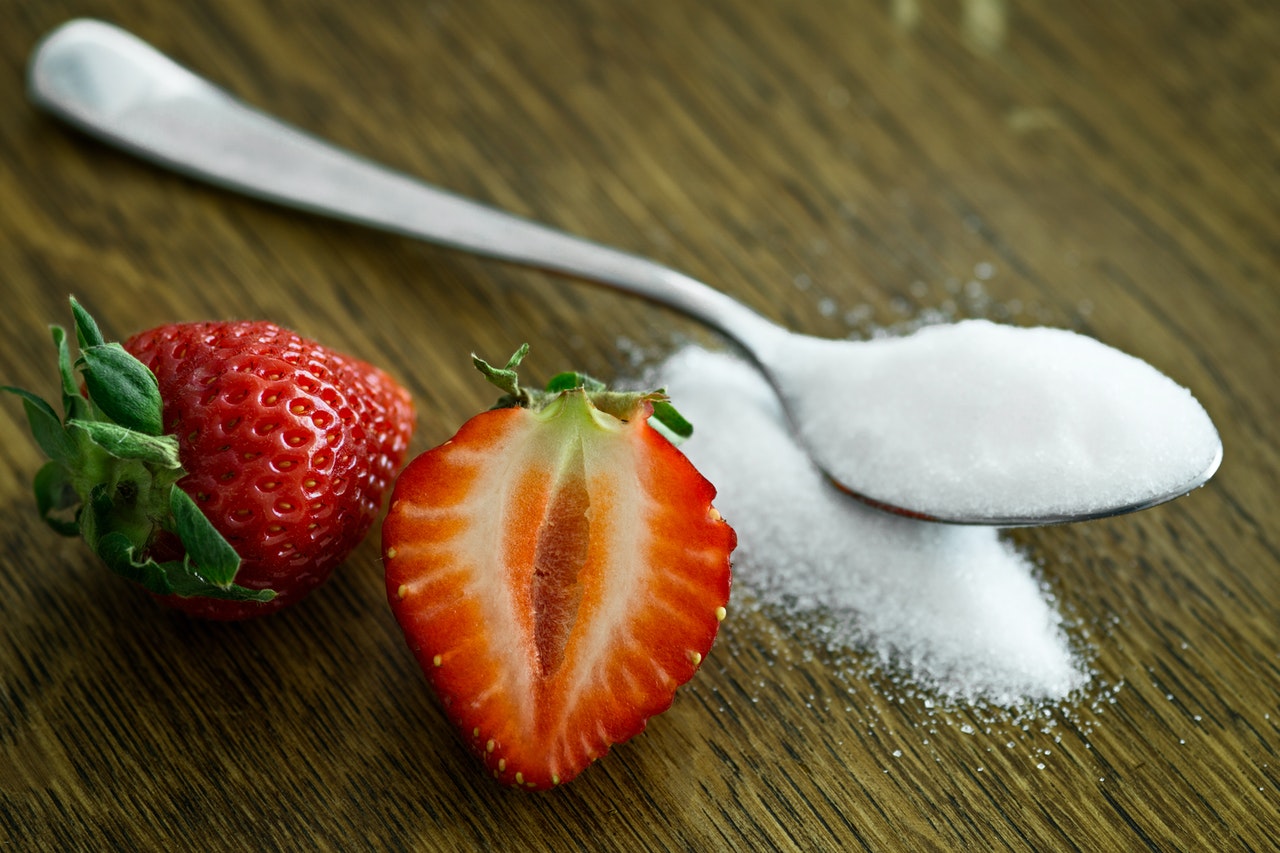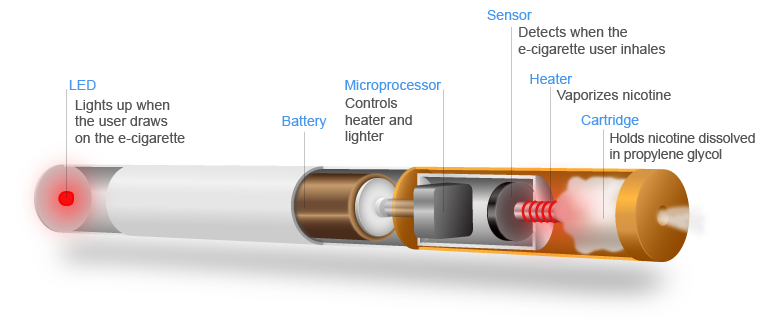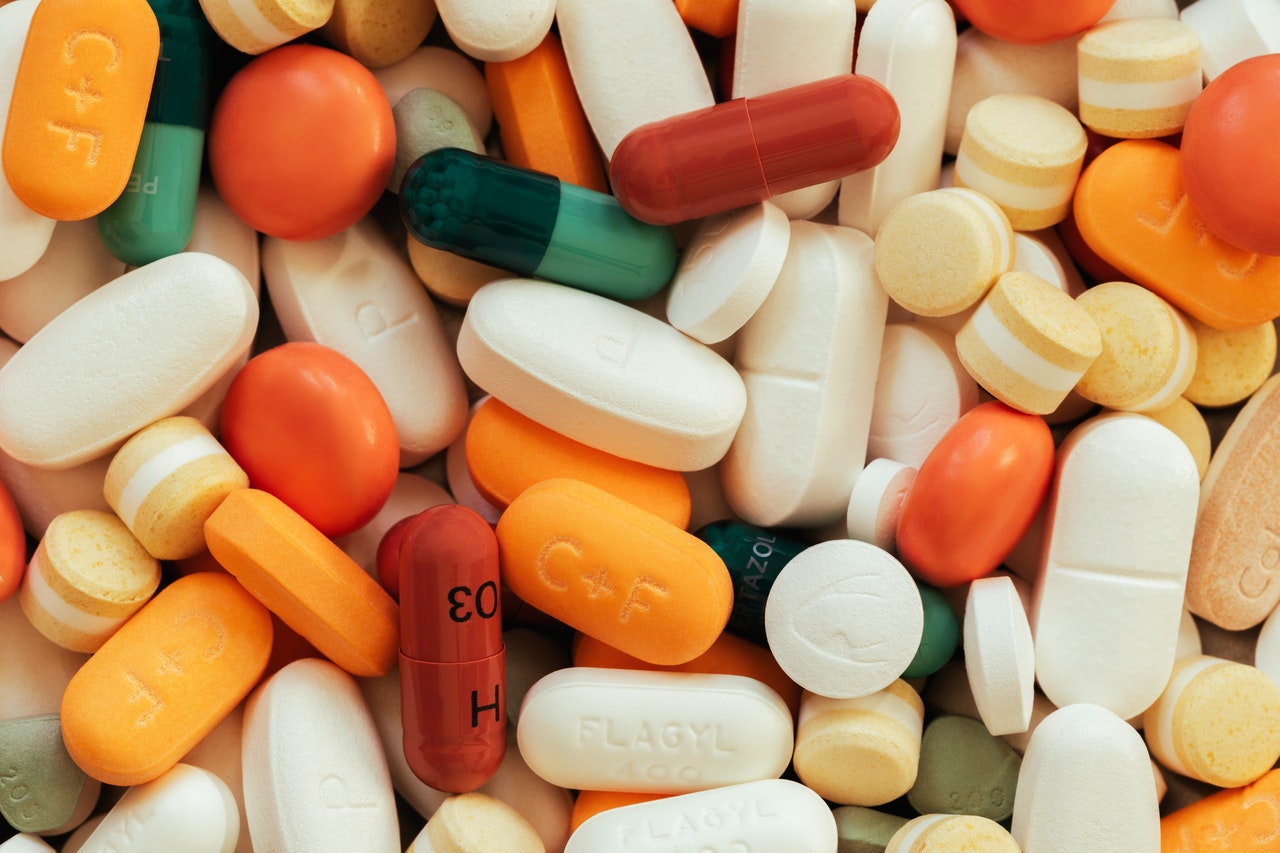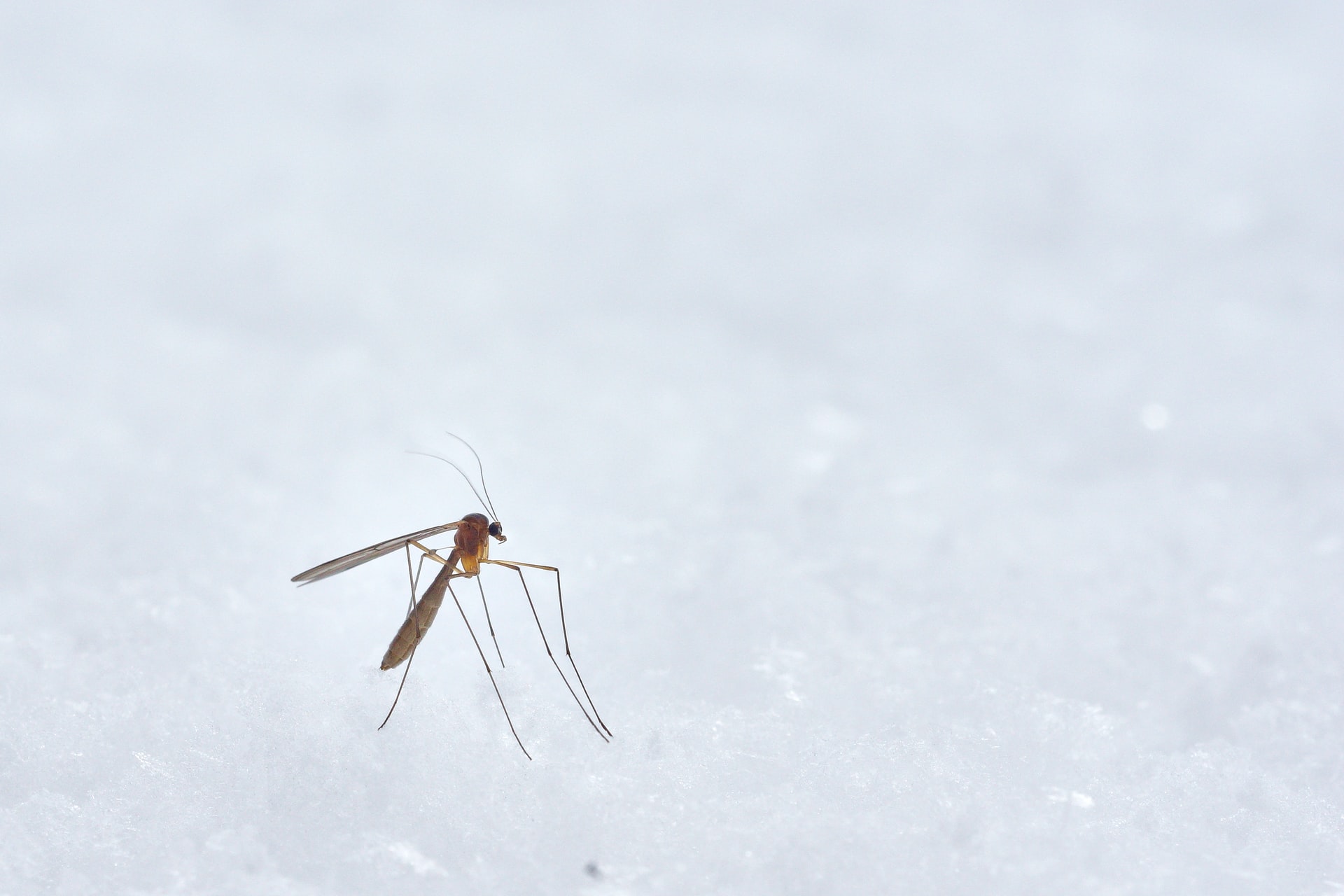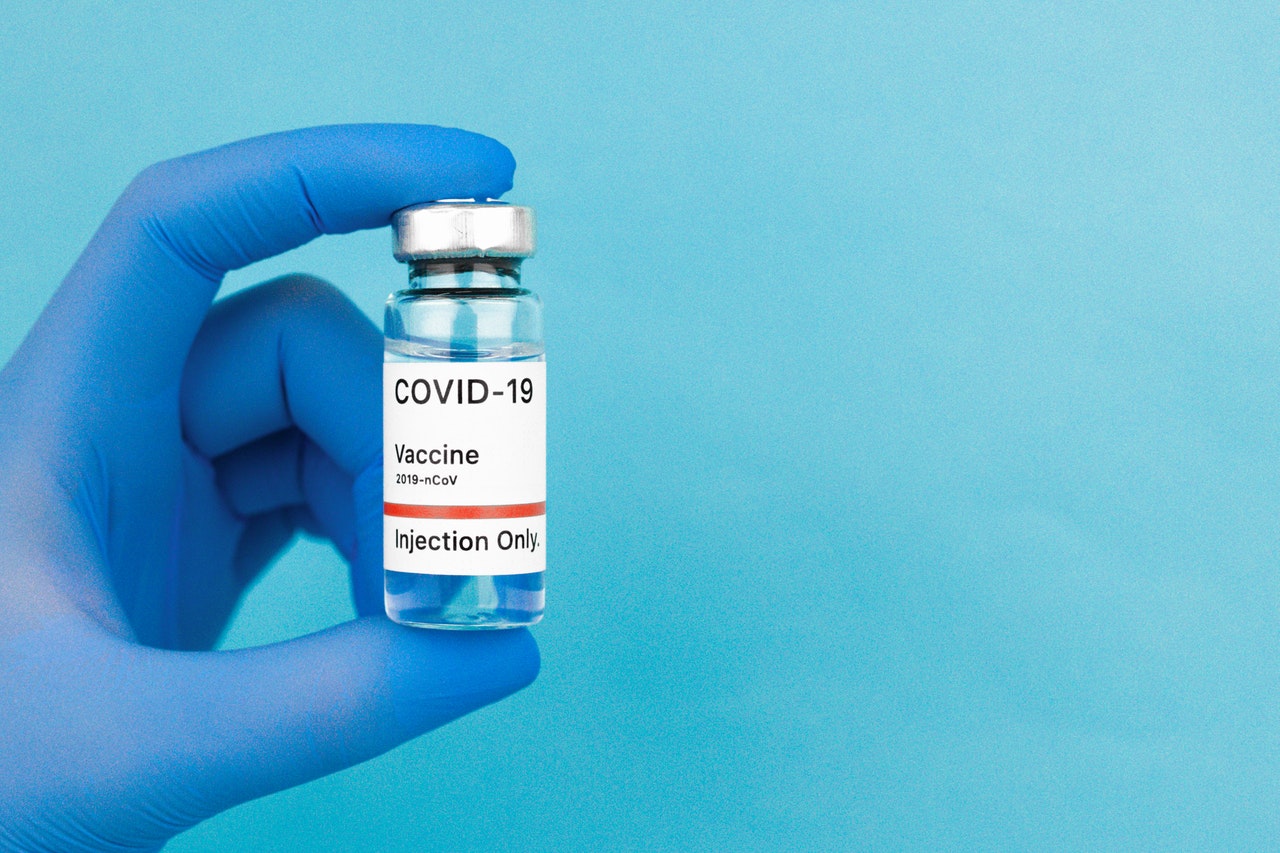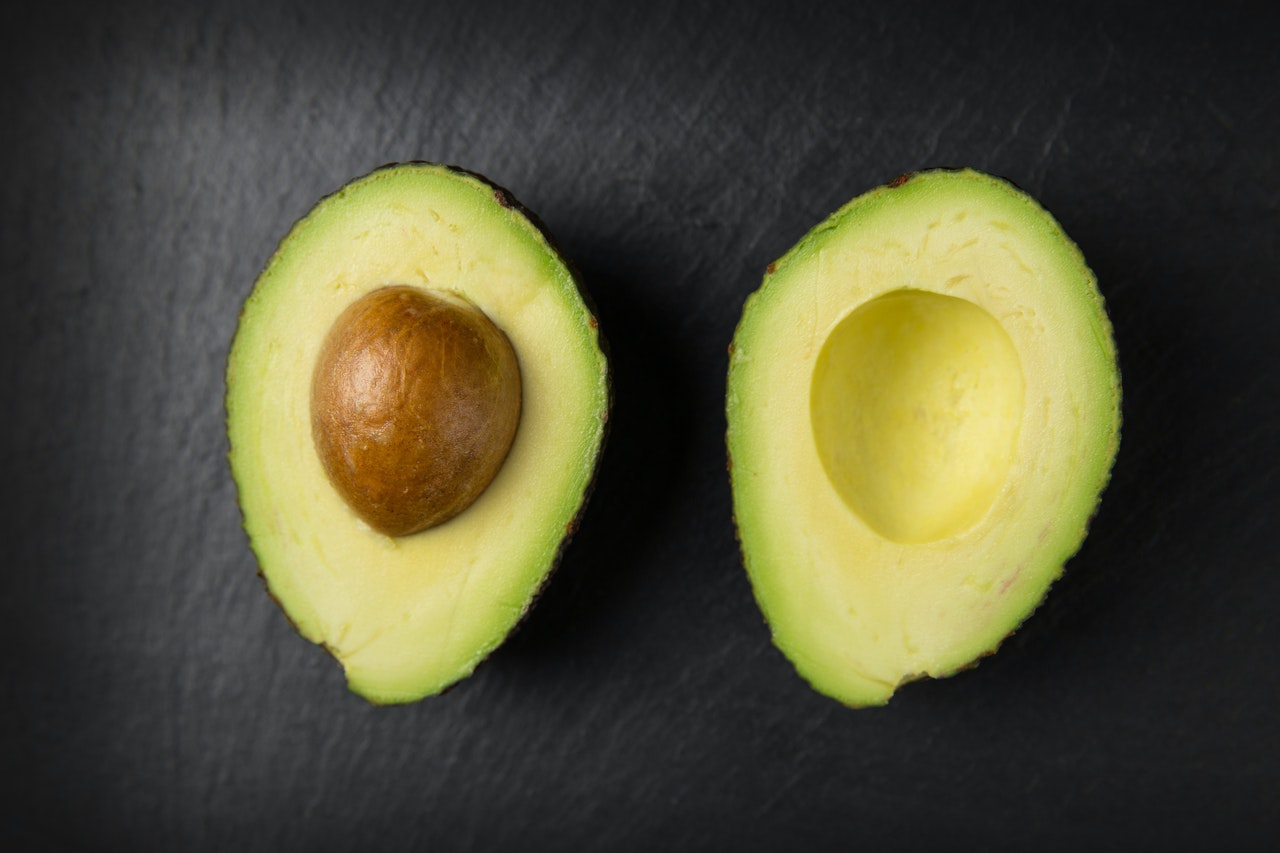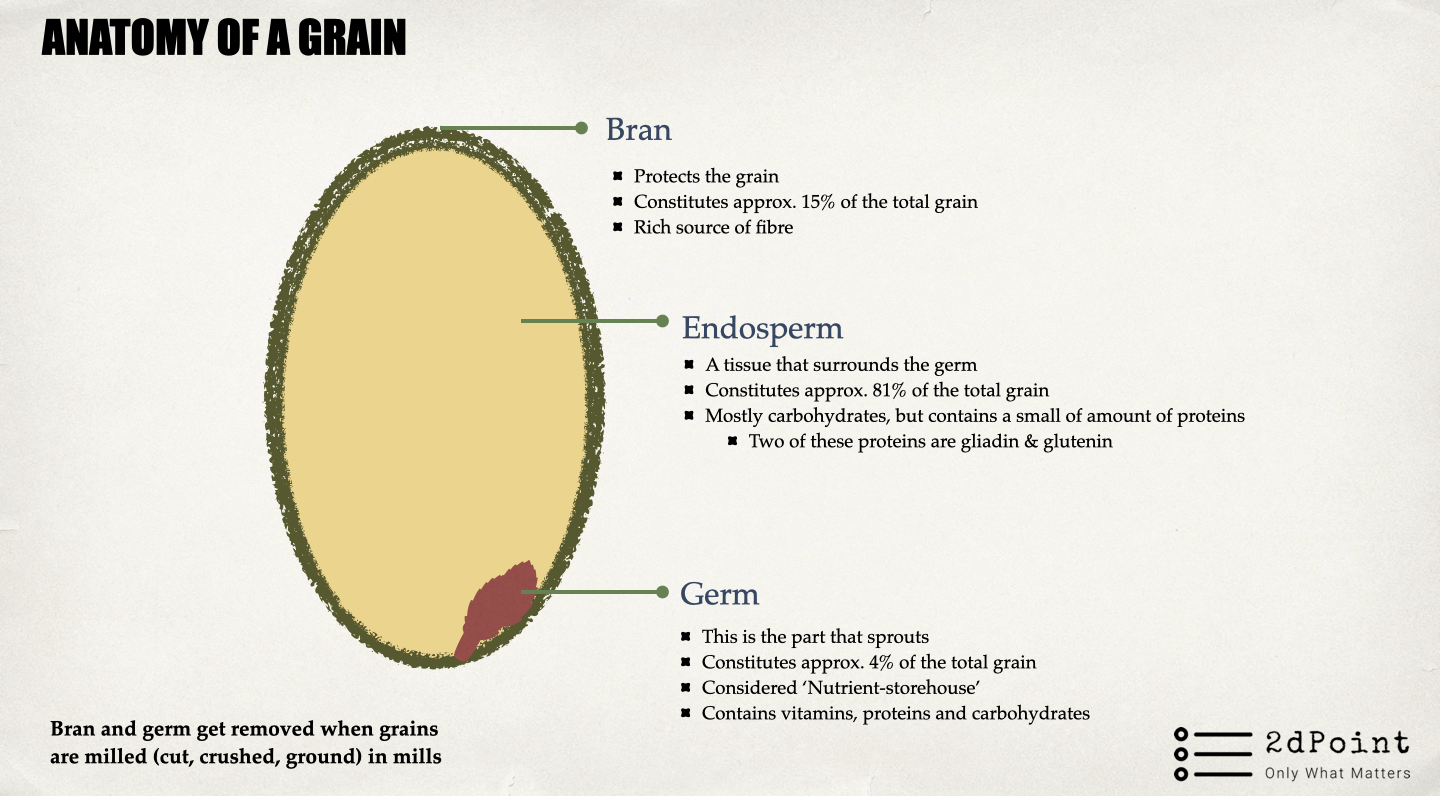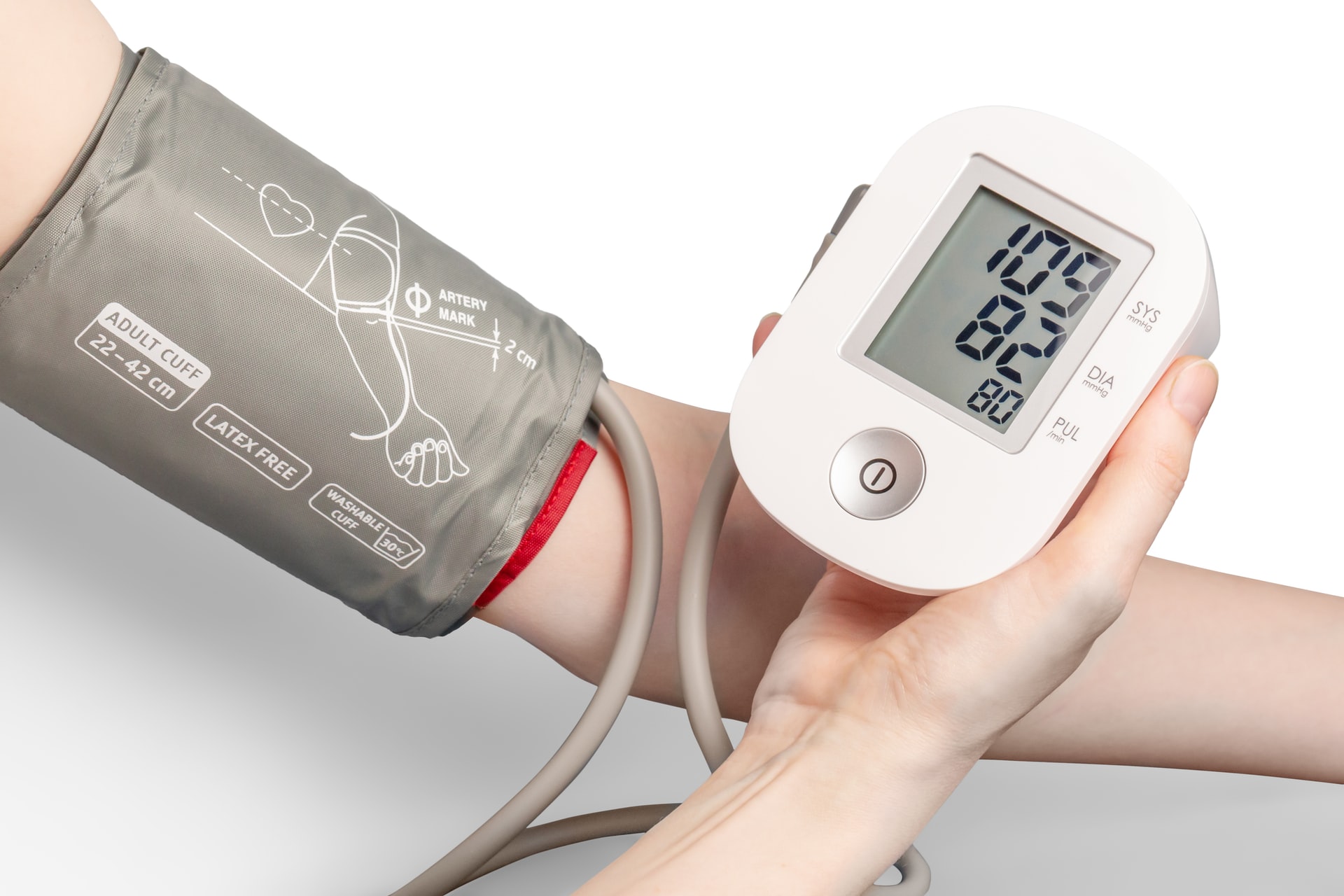Reading Time: 2 minutes
- Broadly, there are two kinds of fats in our food: saturated fats and unsaturated fats.
- Saturated fats are solid (or semi-solid) at room temperature and taste good, and that is why most processed foods contain them (e.g., butter, cheese, cream).
- Unsaturated fats are liquid at room temperature, difficult to store & use, and don’t taste as good (e.g., olive oil, nut oils, vegetable oils).
- For a long time, unsaturated fats were considered healthy and saturated fats unhealthy.
- So, when in the early 1900s, a chemical way to solidify healthy unsaturated fat was discovered; it was considered miraculous (health benefits of unsaturated fat and convenience of saturated fat).
- This solidified unsaturated fat was called the Trans Fat, and original studies on this chemically produced fat didn’t show any increase in blood cholesterol, so they were thought to be healthy.
- Trans fat, which increased the shelf life of foods, and improved their texture and taste, was quite popular between the 1950s and the 1980s.
- Then in the 1990s, several studies found a strong connection between trans fat and heart attacks.
- However, this connection was found only in chemically produced trans fat; the trans fat that occurs naturally in dairy and beef didn’t link to heart conditions.
- More research found that man-made trans fat is biochemically similar to liquid plastic and can cause cancer, dementia, diabetes, and heart attacks.
- Today, most countries require food manufacturers to list trans fat on food labels, but if the quantity is below a certain threshold (e.g., less than 1/2g per serving in some countries), the food manufacturers can claim ZERO Trans Fat on their packaging.
- So, we must look for hydrogenated fat or partially hydrogenated fat on food labels to identify if the food has any trans fat.
- The safe amount of manufactured trans fats in the human diet is said to be zero – we shouldn’t eat them ever.
- The clear distinction between saturated = unhealthy and unsaturated = healthy has also blurred over the years.
- Some saturated fats are healthy (Coconut oil), and some of the unsaturated fats are unhealthy (most vegetable oils & peanut oil).
- Plenty of saturated fats, in isolation, are considered neutral now, i.e., they neither benefit nor harm us, e.g., butter, cheese, cream.
Image courtesy of Stephen VanHorn through Shutterstock

